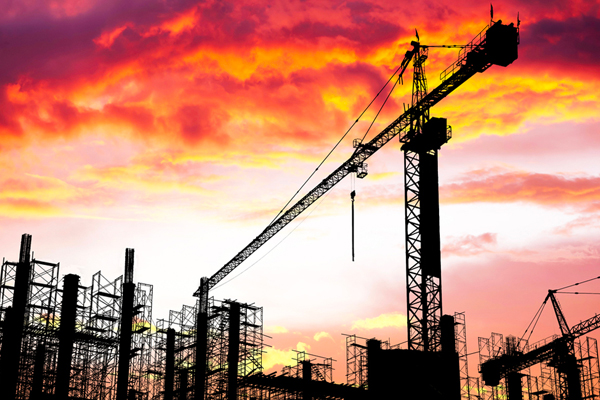When it comes to construction projects, whether it’s a residential home, commercial building, or infrastructure project, it’s crucial to ensure that the construction is of high quality and meets the desired standards. Unfortunately, construction defects can occur, leading to potential safety hazards, financial losses, and legal disputes. Understanding what constitutes a construction defect is essential for homeowners, contractors, and anyone involved in the construction industry. In this blog post, we will explore the key elements that define a construction defect and the potential implications associated with such issues.
Definition of a Construction Defect
A construction defect refers to any flaw or deficiency in the design, materials used, or workmanship of a constructed structure that results in a failure to perform as intended or causes damage to the property. These defects can arise from various stages of the construction process, including design, planning, construction, and even post-construction maintenance.
Types of Construction Defects
Construction defects can be categorized into four primary types:
a. Design Defects: These defects occur when the architectural or engineering design of a structure is flawed. Design defects can lead to structural instability, poor functionality, or even aesthetic issues.
b. Material Defects: Material defects refer to issues caused by the use of substandard or defective materials during construction. This can include low-quality building materials, faulty electrical components, or defective plumbing fixtures.
b. Material Defects: Material defects refer to issues caused by the use of substandard or defective materials during construction. This can include low-quality building materials, faulty electrical components, or defective plumbing fixtures.
c. Workmanship Defects: Workmanship defects occur due to errors or negligence during the construction process. These defects can include poor installation, inadequate craftsmanship, or improper assembly of various building components.
d. Subsurface Defects: Subsurface defects arise when issues exist below the surface of a structure. Examples include problems with the foundation, unstable soil conditions, or inadequate drainage, leading to structural damage over time.
Common Examples of Construction Defects
To provide a better understanding, here are some common examples of construction defects:
a. Roof leaks or water infiltration due to improper installation, poor-quality roofing materials, or inadequate flashing.
b. Cracked or uneven foundations resulting from soil settlement, poor compaction, or inadequate reinforcement.
c. Plumbing issues such as leaks, faulty pipes, or inadequate water pressure due to substandard materials or improper installation.
d. Electrical system problems like faulty wiring, insufficient outlets, or inadequate grounding.
e. Poor insulation leading to energy inefficiency, temperature fluctuations, and increased utility bills.
f. Structural defects such as cracks in walls or floors, sagging ceilings, or uneven load distribution.
Legal Implications and Remedies
Construction defects can have significant legal implications for all parties involved, including homeowners, contractors, subcontractors, and architects. Potential legal remedies can include:
a. Filing a lawsuit: Parties affected by construction defects may file a lawsuit seeking compensation for repair costs, loss of property value, and related damages.
b. Warranty claims: Depending on the jurisdiction and applicable warranties, homeowners may be able to make claims against contractors or manufacturers for defects covered under warranties.
c. Mediation or arbitration: Disputes regarding construction defects can often be resolved through alternative dispute resolution methods, such as mediation or arbitration, to avoid lengthy court proceedings.
d. Repair and mitigation: In some cases, the responsible party may be required to repair the defects or compensate the affected party for the necessary repairs.
Construction defects can cause considerable frustration, financial burdens, and potential risks to the occupants of a structure. It is crucial for all stakeholders in the construction industry to understand the definition and types of construction defects to prevent their occurrence and address them promptly if they arise. By prioritizing quality materials, skilled workmanship, and adherence to proper construction practices, we can strive to minimize the occurrence of construction defects and ensure safer and more reliable structures for everyone involved.


